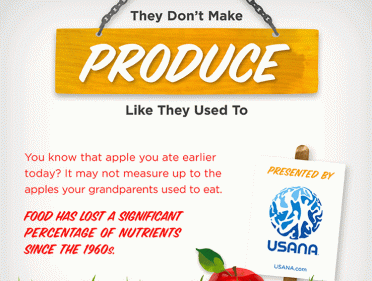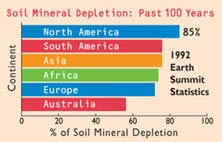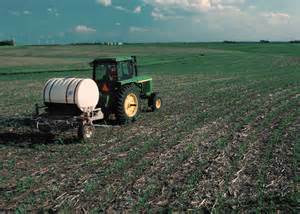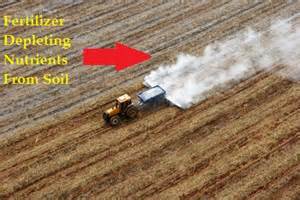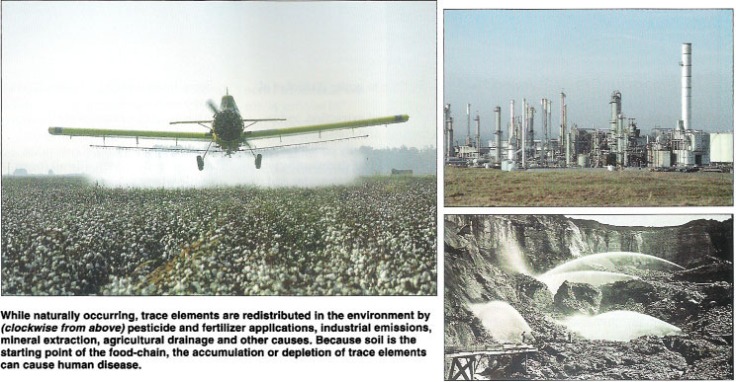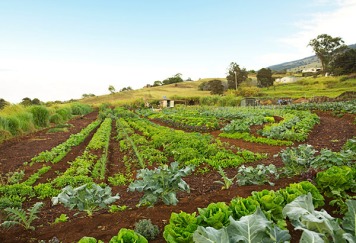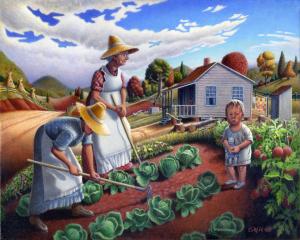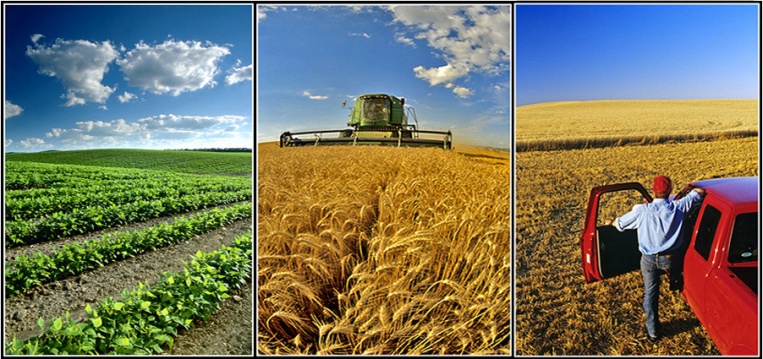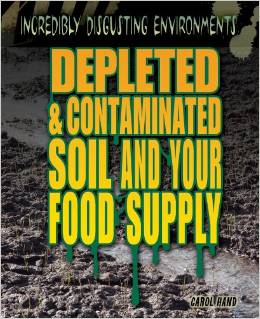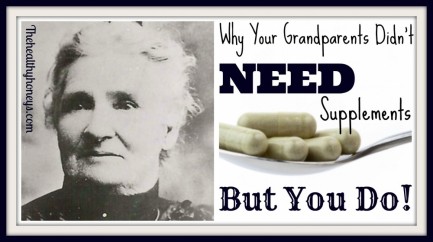 The depletion of the soil over the years has reduced the nutrients in the foods we eat. Large commercial farms quickly use up the nutrients by plowing and planting the same crops in the same fields year after year.
The depletion of the soil over the years has reduced the nutrients in the foods we eat. Large commercial farms quickly use up the nutrients by plowing and planting the same crops in the same fields year after year.
This is described very plainly by:
Lyle MacWilliam, MSc, FP
MacWilliam Communications Inc.
7594 Klinger Road
Vernon, British Columbia
CANADA V1H 1H4
November 9, 2009
“Modern Agriculture Impoverishes our Soils”
“The earth’s arable soils are a wafer-thin envelope of mineral-containing carbonaceous
materials. They are about 95% mineral content, once you remove the water and airspaces.
Soils buffer and filter water and airborne pollutants, store critical moisture and important
minerals and micronutrients, and are essential reservoirs for carbon dioxide and methane.
Soil degradation is one of the largest threats to the long-term environmental sustainability of
our planet.
Soil depletion was well understood in primitive societies, which would migrate every
few years to new lands or would replenish the soils with organic wastes. In our recent
history, the western migration of Europeans to the New World witnessed families moving
every few years as their dry land farming practices repeatedly “played out” the soil. The first
sign of nutrient exhaustion did not come from crop failure, but appeared as increased
sickness and disease among both the animals and humans who relied upon the land.
Those who did not leave their farms observed inevitable declines in crop production, followed by
outright collapse of the land, as was witnessed in the great dust bowl formations of the
1930s.
Today, we have nowhere else to go. With the landmasses of the great continents now
overtaken by a crush of humanity, we can no longer simply pick up and leave for “greener
pastures.” We must make do with what we have—soil erosion, contamination with industrial
pollutants, and depletion of our limited mineral resources is global.
Nevertheless, modern agricultural practices continue to consume water, fuel and topsoil at unsustainable rates, seemingly oblivious to nature’s inviolate dictate to give back to the earth what we have taken.
Instead of replenishing, modern agriculture truncates nature’s nutrient and hydrologic cycles.
Both crops and livestock deplete our soils by removal of the minerals and nutrients
contained in the produce sold. Once shipped to outside markets, the resulting deficiencies
are seldom reconciled. There is little recognition of the need to rebuild the essential elements
removed from this natural cycle.”
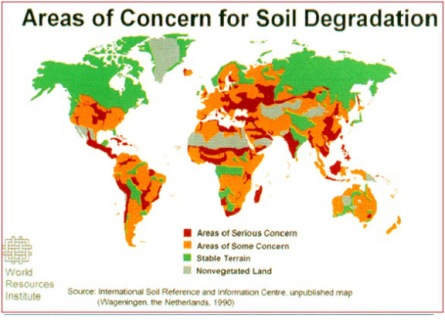
Because of the increased use of chemical fertilizers to improve production, our food is being contaminated with chemicals. Not only are our foods lacking in nutrition, they are actually detrimental to our well being.
Twenty-nine tested fertilizers contained twenty-two toxic heavy metals. These metals are linked to either ecological or human health hazards. Most noticeable is the wide array of toxic metals that exist in fertilizers.
|
Metal Tested
|
Number of Fertilizers Containing the Metal
|
|
Aluminum (Al)
|
29
|
|
Antimony (Sb)
|
29
|
|
Arsenic (As)
|
29
|
|
Barium (Ba)
|
29
|
|
Berylium (Be)
|
29
|
|
Boron (B)
|
29
|
|
Cadmium (Cd)
|
29
|
|
Chromium (Cr)
|
29
|
|
Cobalt (Co)
|
29
|
|
Copper (Cu)
|
29
|
|
Iron (Fe)
|
29
|
|
Lead (Pb)
|
29
|
|
Manganese (Mn)
|
29
|
|
Mercury (Hg)
|
29
|
|
Molybdenum (Mo)
|
29
|
|
Nickel (Ni)
|
29
|
|
Selenium (Se)
|
29
|
|
Silver (Ag)
|
29
|
|
Thallium (Tl)
|
29
|
|
Vanadium (V)
|
29
|
|
Uranium (U)
Zinc (Zn)
|
29
29
|
The above information was taken from a report by the California Public Interest Research Group and Washington’s Safe Food and Fertilizer.
http://www.pirg.org/toxics/reports/wastelands/
Unfortunately the addition of chemical fertilizers further degrades the soil, leading to a never ending cycle. Metals like cadmium and lead can negatively affect critical growing conditions, such as soil acidity and the solubility of beneficial minerals such as zinc in the soil.
Not only does the introduction of these toxic metals cause environmental problems because of run off entering waterways, some plants actually uptake these metals making it a very real possibility that they will enter the food chain. Some plants such as lettuce, wheat and corn have been shown to absorb cadmium from the soil, and fruits and other grains can absorb lead.
While our grandparents were growing up and raising their families most food came from backyard gardens or small farms.
Today, literally everything available on grocery shelves was produced by large corporate operations who have little or no connection to the land, the soil. They are constantly courted by salesmen from chemical and biotech companies promising higher yields, and thus more profit from the use of their products. This leaves us, the consumers of the food available, with little or no alternative, resulting in us becoming fatter, more unfit, and unhealthy, if not downright sick and dying.
I recommend this book for more information about the depletion of our soils.
Because we need supplements to obtain the nutrients no longer in our food supply, it is recommended we use vitamin supplements, and of course find other natural ways to get the nutrition we are missing.
There is an excellent variety of nutritional products and supplements to choose from on my website . http://karenrobinson.flp.com
